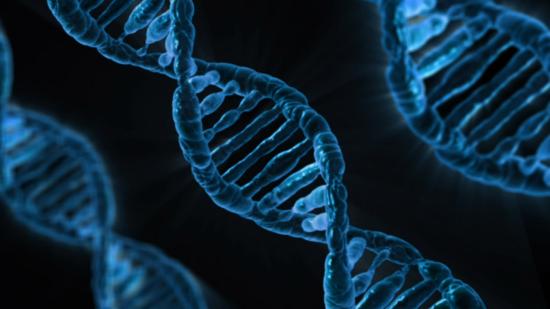In the world of genomic data and sequence assembly, it’s not always the biggest names that make the biggest breakthroughs — sometimes, it’s the contributors hidden in the codebase. One such name quietly appearing in advanced genome assembly discussions is b_hifiasm hubert.
Whether used as a GitHub handle, contributor tag, or reference in computational biology tools, b_hifiasm hubert is steadily gaining recognition among those who work deep in the science of DNA.
What Does b_hifiasm hubert Represent?
The term breaks into two parts:
-
hifiasm is a fast, accurate haplotype-resolved assembler designed for PacBio HiFi reads — a revolutionary tool in genome assembly.
-
b_hifiasm hubert likely refers to a contributor, maintainer, or researcher associated with the hifiasm project or its advanced applications in bioinformatics.
Their contributions support highly accurate DNA sequence analysis, a process essential for everything from disease research to agricultural genomics.
The Importance of Hifiasm
Hifiasm, as discussed in Wikipedia’s article on genome assembly, design to process long-read sequencing data and deliver clearer, more complete genetic maps.
The tool is prized for:
-
Speed and efficiency
-
Accurate haplotype separation
-
Handling large, complex genomes
-
Supporting cutting-edge research in human and non-human genetics
b_hifiasm hubert appears to support or extend this work — potentially contributing patches, documentation, testing, or optimization that enables scientists to work faster and smarter.
Why It Matters in 2025
As global research into genetic disorders, evolutionary biology, and precision medicine accelerates, bioinformatics tools are the backbone of progress. Behind each tool are developers and researchers who ensure accuracy, stability, and usability.
While the public might never see these names, teams rely on figures like b_hifiasm hubert to keep the science moving forward — quietly and powerfully.
Final Thoughts
The name b_hifiasm hubert may not be known outside niche scientific communities, but for those involved in next-generation sequencing and genomic data analysis, it’s a sign of quality and commitment.
In an ecosystem where tools must perform flawlessly at scale, contributions like theirs help shape the future of biological discovery — one line of code at a time.






